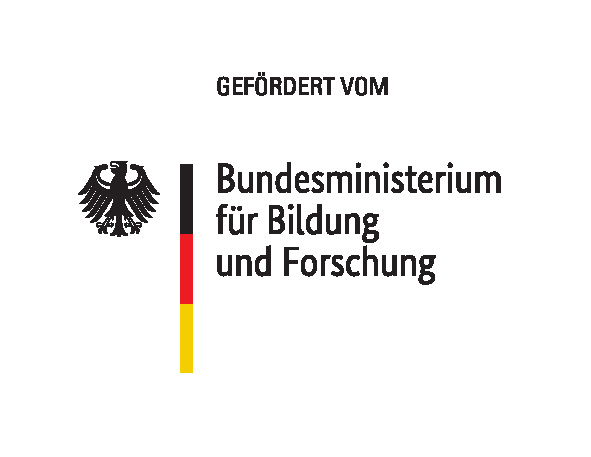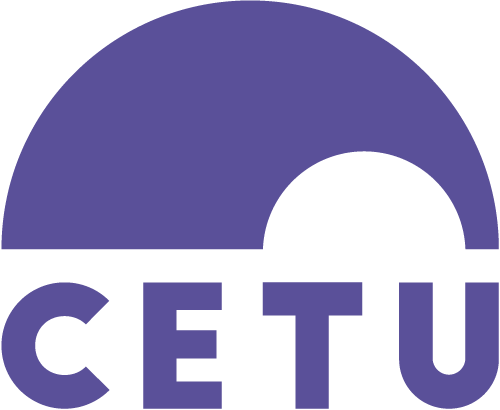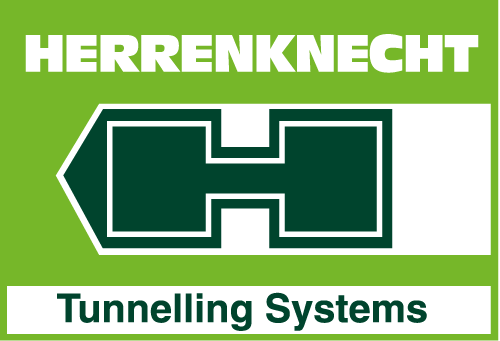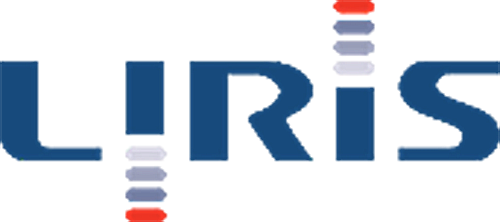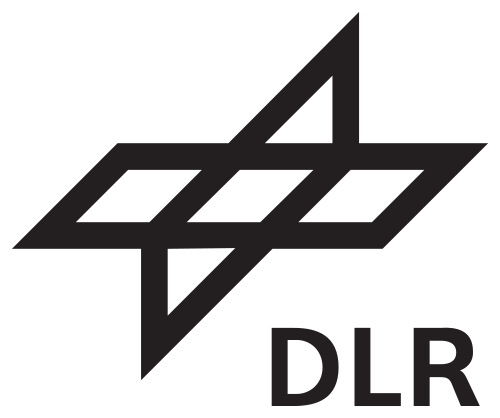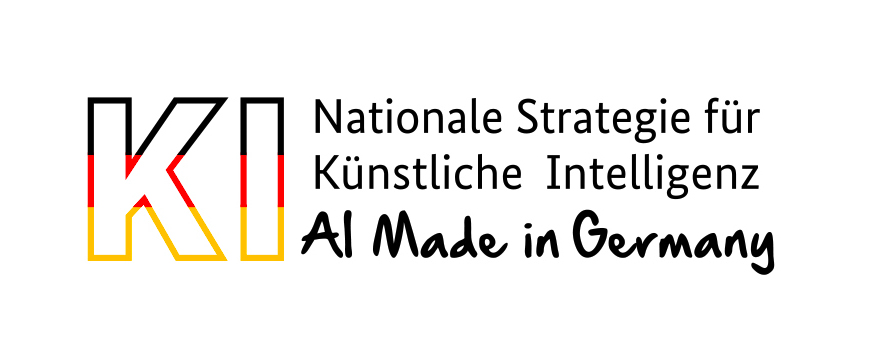ARCADIS
ARCADIS is the leading global planning and consulting firm for the natural and human-designed environment. We are more than 29,000 people in over 70 countries dedicated to improving quality of life.
Our solutions contribute to addressing key societal challenges around resilience, places and mobility.
By leveraging data and technology, we have the skills and services to meet our clients’ needs, which are driven by global trends such as urbanisation, climate change, digitalisation, changing stakeholder expectations and potential unforeseen events.
At Arcadis, sustainable development is at the heart of everything we do. At Arcadis, we are committed to accelerating economic and social transformation to Net Zero while improving the quality of life for all.
CETU – Centre d’Etudes des Tunnels
The French Centre for Tunnel Studies is a technical institution of the French Ministry of Transport. It is involved in all phases of tunnel construction and operation. It provides technical expertise to all French builders, owners, operators and emergency services of road, rail, metro and waterway tunnels.

DB Netze AG
DB Netze is a wholly owned subsidiary of Deutsche Bahn AG (DB) and, as a railway infrastructure company, operates a large part of the German rail network. As such, the company is also responsible for the construction and maintenance of railway tunnels and is one of the most important builders in Germany for tunnels in general and mechanically driven tunnels in particular.
Herrenknecht AG
For over 40 years, HK has been the leading provider of complete technical solutions in mechanised tunnelling, building on the experience of more than 4,100 projects worldwide. HK supplies state-of-the-art TBMs for all ground conditions and in all diameters – from 0.10 to 19 metres. The HK product range includes customised machines for transport tunnelling (Traffic Tunnelling) and supply and disposal tunnelling (Utility Tunnelling). At HK, the professional reconditioning of components, assemblies or systems also improves the environmental balance in mechanical tunnelling and conserves resources. For the REMATCH project, HK contributes special knowledge in connection with the EPB-TBM technology and thus the reprocessing of excavated material. In addition, HK has a data pool of hundreds of TBM projects that are relevant for intelligent data evaluation. In this regard, a new R&D working group was installed a few years ago to enable even better data utilisation. HK has participated in European (DRAGON) and German (collaborative project MO: Interfacial Processes) funded programmes dealing with online sampling of excavated material and material behaviour in relation to bonding. Thus, there is a great deal of know-how regarding the interaction of the TBM with the subsoil and the geology-dependent differences that occur.
The initial focus of HK’s work will be to develop the core innovation “real-time measuring system” for characterising the excavated material on the basis of image recognition approaches and to make it usable on a TBM in the form of a demonstrator. Subsequently, this system and other innovations from other partners will be tested on a tunnel construction site in field tests under the leadership of HK.
LIRIS – Labor für Bildverarbeitung und Informationssysteme
LIRIS is a joint CNRS research unit (UMR 5205) between INSA Lyon, Université Claude Bernard Lyon 1, Université Lumière Lyon 2 and Ecole Centrale de Lyon. Its main scientific research area is computer science and information technologies. Imagine is one of the 14 research groups of the LIRIS laboratory specialising in computer vision and machine learning. The group has a long history of basic and applied research in traditional signal, image and video processing techniques, as well as data analysis and machine learning. The members of LIRIS involved in this project have a broad experience in real-time and robust image and video analysis (e.g. using signal processing, Markov models, dynamic models, motion analysis, statistical methods, etc.) and especially in Artificial Neural Networks and Deep Learning. More specifically, their scientific expertise is mainly focused on particularly challenging learning environments, i.e. with few or heterogeneous training data, limited computational resources, continuous and unsupervised learning, and learning similarity metrics for images or videos or other types of data or time series. Finally, her ongoing research (basic and applied) on eXplaina-ble AI (XAI) based on information theory and Graph Neural Networks (PhD in progress), as well as on integrating physical knowledge into machine learning (PhD in progress) will be of great benefit to this project.
LIRIS, with its special scientific expertise in the field of machine learning, will deal with almost all AI topics in the context of the REMATCH project. This mainly concerns the aspect of image recognition-based characterisation of the excavated material in close cooperation with the collaborative partner HK. Furthermore, LIRIS will work together with STUVA on the intelligent analysis of TBM data (excavation and production data).
STUVA e. V.
STUVA is a non-profit and independent research institution and has been working on the topic of tunnelling for more than 50 years, including issues of resource efficiency and AI. For example, with funding from the Deutsche Bundesstiftung Umwelt (DBU), it recently worked on being able to reuse cement suspensions in special civil engineering. The underlying measurement system is based on artificial neural networks and has since been filed as a European patent (No. EP 19 209140, filing date: 14.11.2019). AI approaches are also currently being applied in the German-Austrian R&D project “AVANT – Adaptive planning of injection measures in tunnel construction using AI”. The coordinator of the REMATCH project in Germany is also Dr Christian Thienert, who completed his doctorate in 2011 on a topic related to mechanised tunnelling. For his work, he received the highest award of the German Geotechnical Society (DGGT), the Carl Rappert Prize. In addition to the above-mentioned projects, Dr Thienert most recently coordinated the German-French project “U-THREAT – Underground Transport Hub Resilience to Ensure Availability and Tackle Danger” (also funded by BMBF and ANR) in the field of tunnel operation, which was successfully completed in autumn 2020.
On the one hand, STUVA’s work focuses on an intelligent analysis of the tunnelling and production data of tunnel boring machines. Specifically, the extent to which ground properties can be predicted using artificial neural networks (ANN) is to be investigated in this context. On the other hand, essential classification features are to be combined in an AI-based decision tree structure in order to answer the key question of whether the excavated material is “usable” or “not usable”.
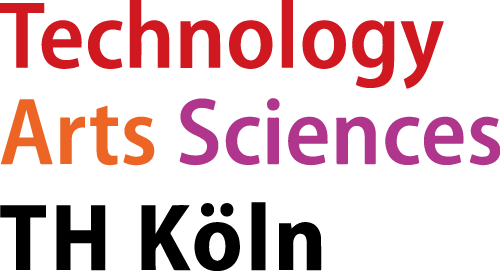
Technische Hochschule Köln
Technische Hochschule Köln – abbreviated as TH Köln – University of Applied Sciences – sees itself as University of Technology, Arts, Sciences. With its disciplinary and cultural diversity and openness, TH Köln’s activities are aimed on cultural and technological breakthroughs of high societal relevance; TH Köln contributes substantially to resolving social challenges. The subject range includes the fields of Applied Natural Sciences; Architecture and Construction; Information and Communication; Computer Science; Engineering; Culture; Society and Social Sciences as well as Business Studies. Overall 27,000 students from about 120 different countries along with 440 professors and 2,000 staff employ their potential. TH Köln – University of Applied Sciences comprises eleven faculties and the Institute of Technology and Resources Management in the Tropics and Subtropics.
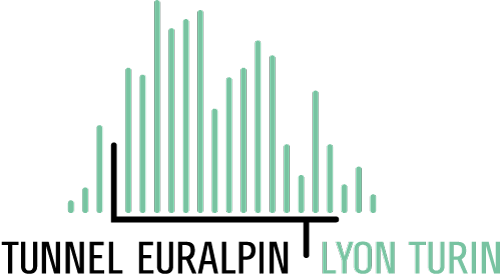
TELT – Tunnel Euralpin Lyon-Turin
TELT is the public binational developer responsible for the realisation and operation of the cross-border section of the Lyon-Turin mixed freight/passenger railway line. TELT is a French company based in Le Bourget du Lac (France) and is owned 50% by the French State (through the Ministry of Economy and Finance) and 50% by the Italian State (through the Ferrovie dello Stato Italiane group).
